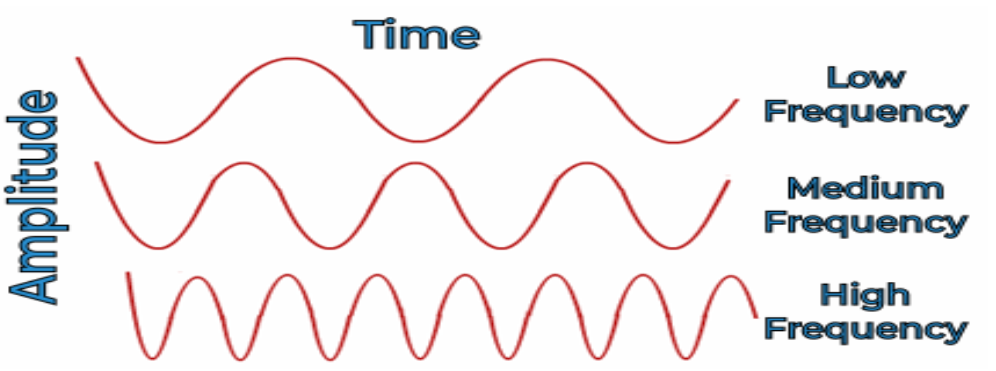Adblocker Detected

We always struggled to serve you with the best online calculations, thus, there's a humble request to either disable the AD blocker or go with premium plans to use the AD-Free version for calculators.
Disable your Adblocker and refresh your web page 😊
Table of Content
The wavelength calculator is designed to evaluate the wavelength, wave velocity, and frequency of a wave. You can calculate any disturbance in a wave passing through a certain medium by using the calculator.
“The wavelength is defined as the distance over which the entire shape of the wave repeats. This repetition happens after a fixed interval of time”

The following equation may assist you in calculating the wavelength of a wave without trouble:
λ = v/f
Where;
λ = wavelength,
v = velocity of the wave,
f = frequency of the wave.
The number of waves per unit length is termed a wave number. It is always reciprocal to that of the wavelength. Every wave has its own specific wave number.

In order to determine the frequency-to-wavelength relationship, let us solve a few examples below:
Determine the wavelength of the light in space bearing a frequency of 3 Hz.
Solution:
The speed of light in a vacuum is given as:
c = 300000000 m / s
Using the wavelength frequency equation, we have:
λ = v/f
λ = 300000000 / 3
λ = 100000000 m
This requires a few inputs to calculate results with 100% accuracy.
Let’s have a look at these!
Input:
Output:
Amplitude is the maximum distance covered by a wave from its equilibrium position.
A wave in which the vibration of the medium is in the direction of the wave is called a longitudinal wave.
The direction of a transverse wave is always perpendicular to that of the medium in which it propagates.
Crests are the highest point of transverse waves whereas troughs are the lowest points.
For a longitudinal wave, the rarefactions and compressions are equal to crests and troughs for transverse waves.
From the source Wikipedia: Sinusoidal waves, Standing waves, General media, Wave packets, Interference and diffraction, Single-slit diffraction, Diffraction-limited resolution, Subwavelength, Angular wavelength
From the source Lumen Learning: AMPLITUDE AND WAVELENGTH, LIGHT WAVES, SOUND WAVES.
From the source Khan Academy: Standing waves on strings, Wavelength and frequency for a standing wave, Harmonics.